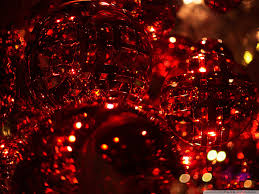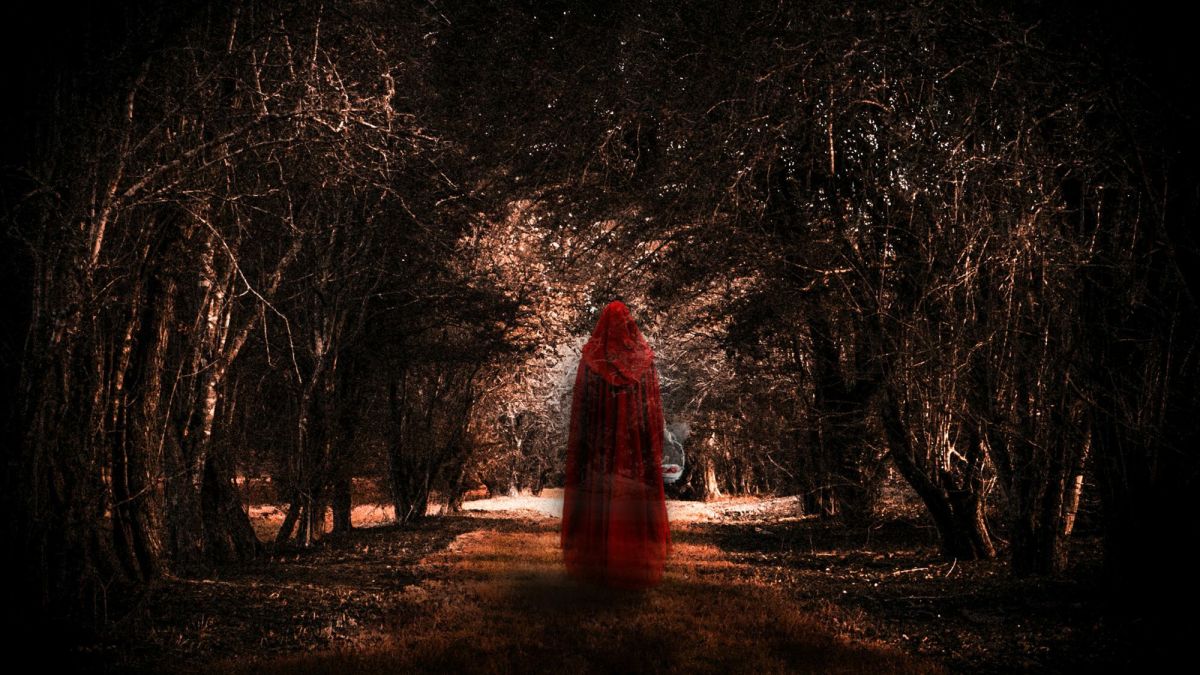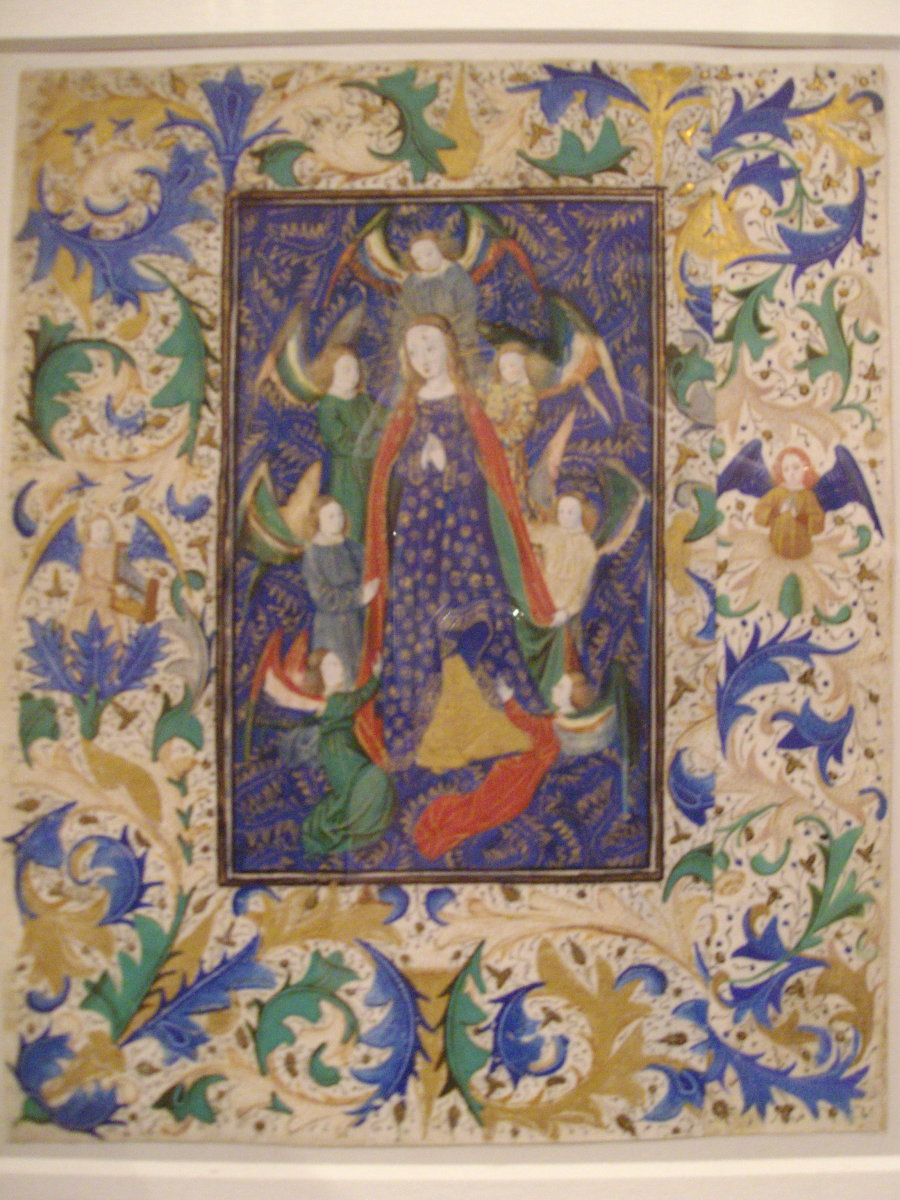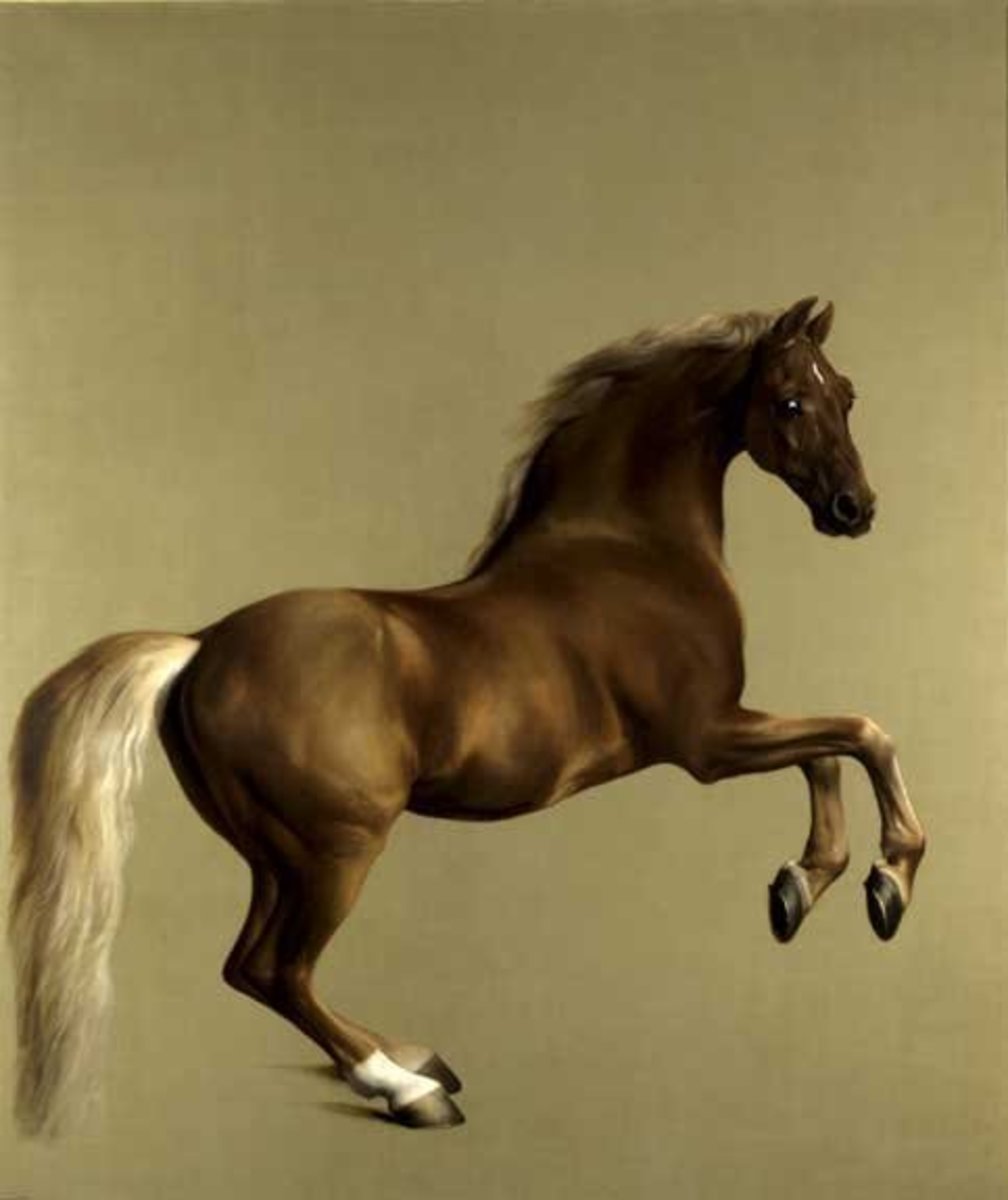Symbolism: Then and Now

From the time of the early humans until the present day, symbols have remained an important way in which we exhibit concepts, communicate ideas, and simplify a more complex design into a universally recognizable representation. Symbols can be complex or minimal, as long as they portray the intended meaning. These meanings can carry on from generation to generation, but they also tend to shift and change within a society. One example of a symbol that has both changed it’s meaning and retained some of it’s original qualities is the color red. When we think about how the earliest humans would think of the color red, we see a parallel to some of today’s uses. Fire was red, so to early humans, red may have represented fire in itself, or heat, or the danger of being burned. We will see red as a warning in the representations of the color in the works of early humans. Today, we still recognize red as a warning; a warning to stop, dangerous items ahead, the flashing red lights on emergency vehicles alert us to get out of the way, as well as numerous other examples red holding this type of significance. The color red has also changed in the context of today’s society. Red is sexy, it is a representation of lust and sexuality. When a model is exhibited in a photograph with emphasis on dark red lips, it is representative of the sexual nature of the lips and their role in presenting the product to be “sexy.”
Another example of a symbol that would have a different meaning to early humans than it does in the modern era is the phallus. This was a purely anatomical item, early humans probably did not think of it as anything more than a part that distinguishes them from their mate. It was used for pleasure, and procreation. The phallic symbol in the eyes of early humans would be celebratory, and an homage to the idea of masculinity and strength. Today, when we see the phallic symbol in our culture we have an immediate response of embarrassment. Our culture considers the idea of genitals to be a private one, and when they are displayed publically, it is considered to be quite vulgar. The phallus, when represented in a rudimentary form, it often drawn as an act of vandalism and are associated with immaturity and the drive of adolescents to explore the forbidden and test the limits of what is acceptable. There are, however, industries and communities, which I am sure we are all aware, that still celebrate and praise the male anatomy, but the majority of society does not consider them acceptable or appropriate avenues of entertainment. In non-pornographic formats, the penis is often considered to be one of the most taboo parts of the human anatomy to depict. In modern society, although there is far more material depicting the phallus, the penis is less celebrated and revered. Early humans most likely did not have a concept of the genitals being something to be ashamed of, but rather an important part of their identity and roles, and the extremity that allowed them to achieve satisfaction and gratification. In today’s society, the phallus is viewed more as a symbol of obscenity. It is still a very obviously masculine symbol, as only the male possesses the penis, but depicting a penis is almost assured to cause offense to the majority of modern society.
An object as a symbol that has, in my perspective, changed in the most dramatic way is that of the lily. A lily is a flower, blooming in warm seasons, when the grass is turning green and the trees regrow their leaves. This new season gives the idea of new life. Spring itself has been a symbol of new life or a rebirth, as well as the flowers that sprout and come to life during this season. Early humans most likely viewed the image of a lily as a representation of the beauty and wonder of the new life that came with the spring rains. Modern day humans view the lily in a different light- but only as a different kind of rebirth. The lily is now a traditional funeral flower, seen decorating the mortuaries and interments of the dearly departed. Lilies have developed to be a symbol for the funeral, for death. It started out as a symbol for birth and new life, and we now associate it with death. What is interesting is that these two concepts are still related in that the death that has taken place leads to a new life. It is a rebirth of the soul, leaving the physical body. Although the idea of birth has accompanied the lily throughout the ages, the lily becoming the representation of the funeral, and death, and rebirth, it has not only changed as a symbolic representation, but has added deeper levels of intricacy to the symbolism. Something that originally represented physical new life has now come to represent death followed by a spiritual new life. Adding these layers of representation, and the depth of our understanding of the symbolism of the lily also shows an interesting change in the complexity of the human brain and our capacity for understanding. Modern humans no longer see a flower growing and think only of a new life being created. In that flower we also see death, and a spiritual rebirth. Where as we still use symbols to simplify and unify a straightforward idea, we also use them to easily represent complex concepts that are more elaborate than we are sometimes able to express in words.








